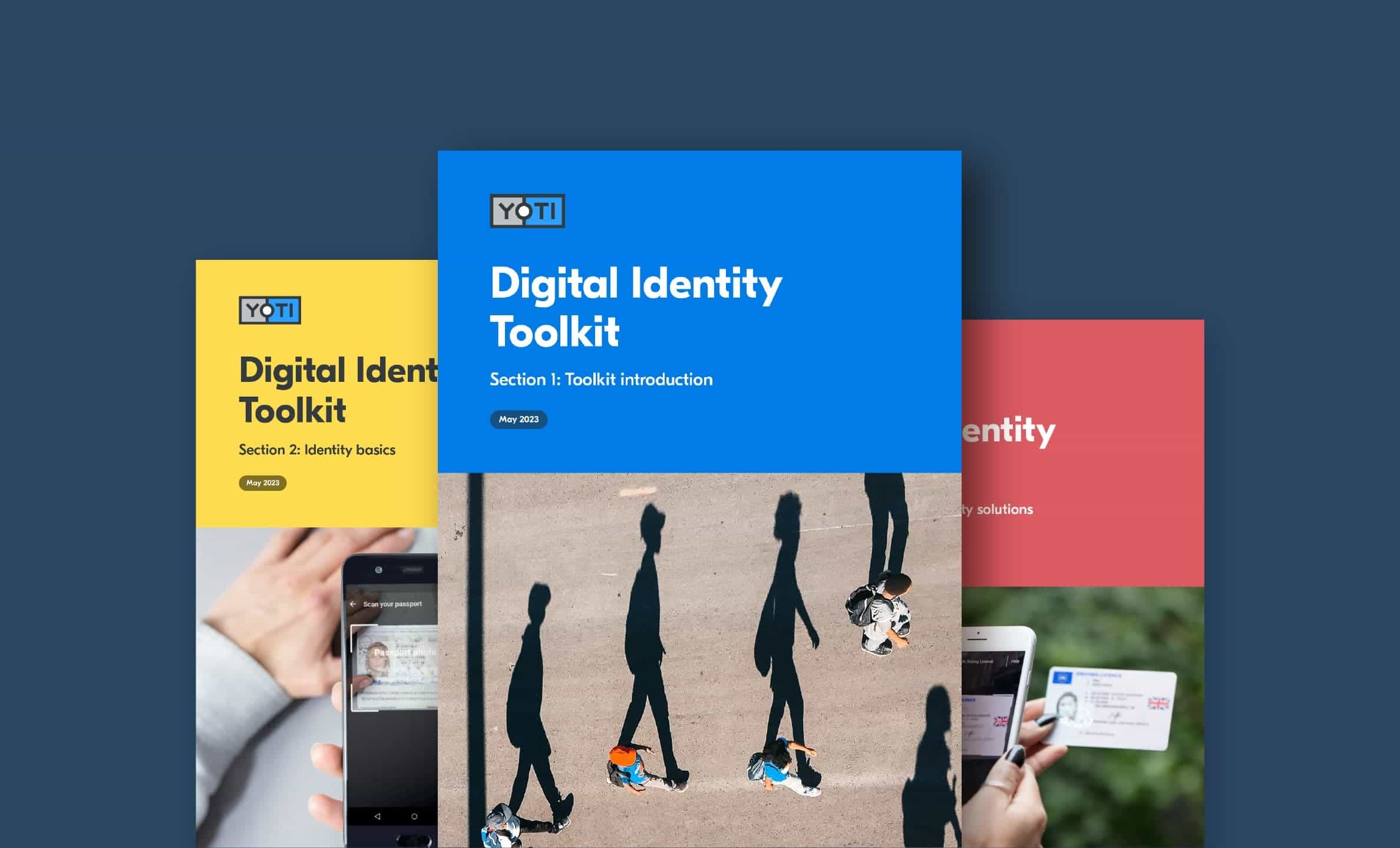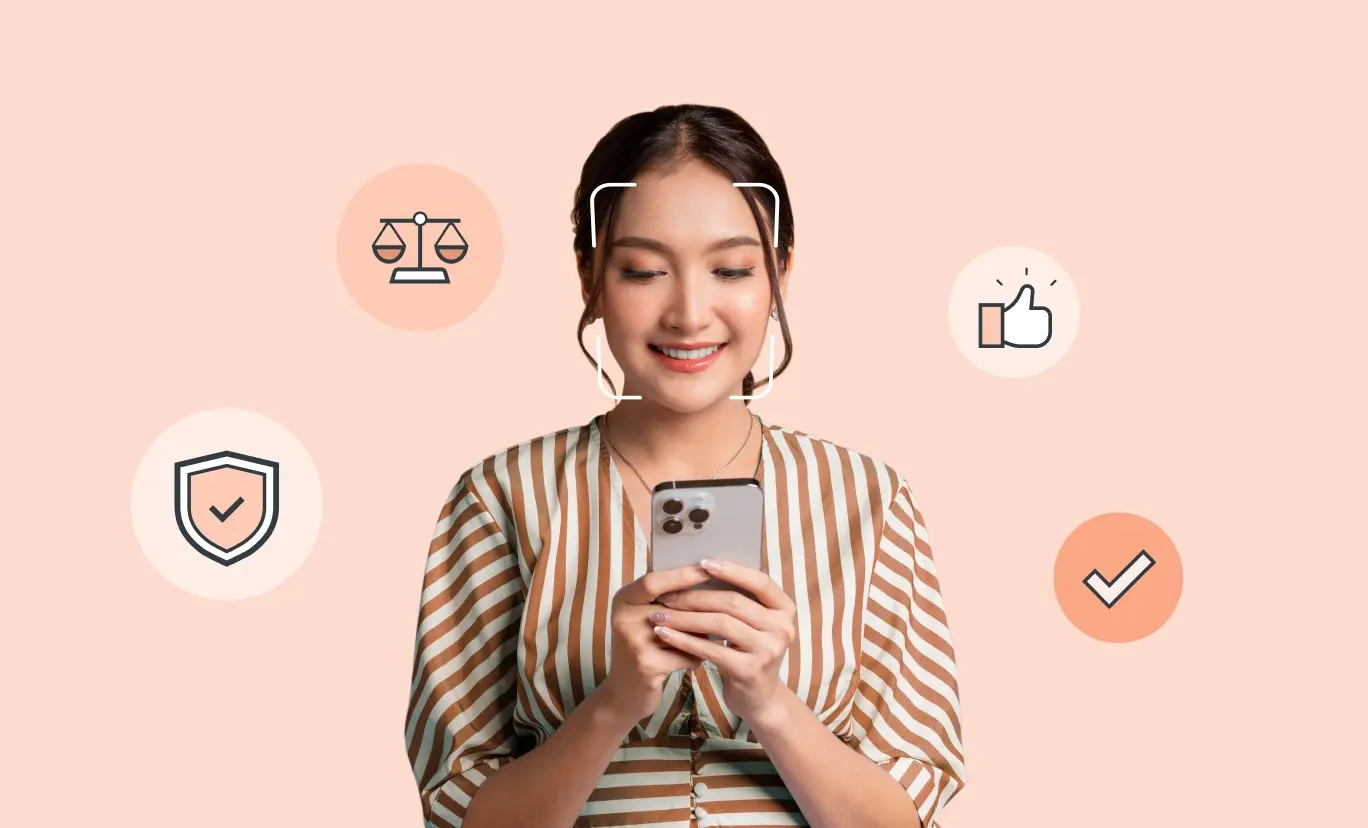
A few years ago, we realised that for those not within the field, the world of digital identity is a bit of an enigma. Then we realised that we’re in as good a position as any to do something about that. So we went about researching, collaborating and creating something that we hope will help: our Digital Identity Toolkit.
What is the Digital Identity Toolkit?
This Toolkit is a collection of everything you need to know about digital identity. We’ve covered topics from identity basics to examples of how digital identity is used in the real world. Though digital identity may seem like a specialist subject, it is much more widespread than you might realise. For example, it can be used to access banking and financial services, social media or government services.
The Toolkit also dives into some case studies and gives examples of non-profit digital identity solutions. It talks about how to integrate these solutions into your platform or organisation if you so wish, and finishes with a section dedicated solely to privacy and security matters.
Why did we create it?
During our ten years in the field, we’ve found that one of the major obstacles when it comes to embracing digital identity is that people simply don’t have enough understanding of what it is. And that’s not to say that it’s their fault. Recently, digital identity has exploded and rapidly evolved, making it more complex.
The reality is that most people probably don’t know what a digital identity is or what it can be used for. Unfortunately, we’ve found that the information explaining it isn’t easy to find and most is incredibly difficult to understand. Often, most information is in lengthy documents, and the language used is often technical, highly specific or requires existing knowledge.
We hope that this Toolkit can help plug that gap, by breaking digital identity down into digestible sections and explaining the key information as clearly and concisely as we can.
Who is it for?
We’ve tried to design this Toolkit so that it’s useful to as many people as possible. Before producing it, we spoke with individuals and non-profits around the world to get a sense of what they’d like to know about digital identities. We’ve structured it in such a way that you can dive into the sections which are most relevant, or interesting, to you.
There’s bits in there for almost anyone, whether that be members of the public, non-profits, entrepreneurs, developers, journalists or academics. It is for those who want to learn more about digital identity and how digital identities might be relevant to them in their lives or work, or those who are thinking about integrating a digital identity solution into their organisation.
So here it is…
You can access the complete Digital Identity Toolkit here.
We welcome any feedback and would love to know if you think there’s anything we can do to make it more useful to you.




